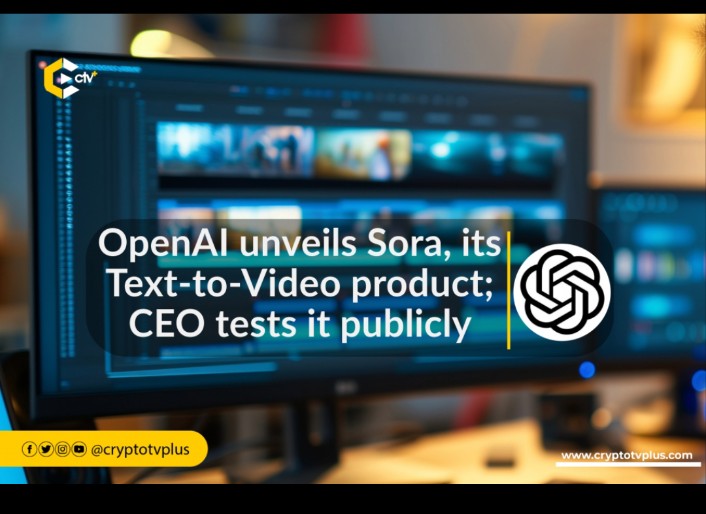Unveiling Sora: OpenAI’s Stride into Text-to-Video Generation
Thank you for reading this post, don't forget to subscribe!

Introduction:
OpenAI continues its groundbreaking journey into generative AI with the introduction of Sora. This innovative text-to-video model represents a significant leap forward in the ability to create realistic and imaginative video content from textual instructions. Utilizing a diffusion model with a transformer architecture, Sora showcases its prowess in generating diverse scenes, including complex scenarios with multiple characters and specific types of motion.
Capabilities and Applications:
Sora’s abilities go beyond video generation, encompassing the animation of still images, extending existing videos, and filling in missing frames. The model excels at producing videos up to a minute long in various styles, ranging from photorealistic to animated or black and white. This versatile functionality opens up new avenues for visual artists, designers, and filmmakers seeking innovative ways to bring their ideas to life.
Limitations and Challenges:
Despite its impressive capabilities, Sora faces certain limitations. Challenges include difficulties in simulating complex physics, understanding cause and effect, and accurately maintaining spatial details. Users may encounter instances where Sora falls short in depicting subtle details, such as a bite mark on a cookie after someone takes a bite, or confusion between left and right in a scene. These limitations highlight the ongoing complexities in achieving flawless generative AI.
Safety Precautions:
Prior to widespread availability, OpenAI is diligently addressing safety concerns associated with Sora. Collaboration with red teamers aims to identify potential harms, such as misinformation, hateful content, and bias. OpenAI is also developing tools to detect misleading content and plans to incorporate C2PA metadata in the future, ensuring the provenance of videos generated by Sora.
Current Availability and Future Plans:
Sora is currently accessible to red teamers and a select group of visual artists, designers, and filmmakers for feedback. OpenAI actively engages with policymakers, educators, and artists to understand concerns and identify positive use cases for the technology. Emphasizing the importance of real-world learning, OpenAI aims to release increasingly safe AI systems through an iterative process.
Conclusion:
The introduction of Sora adds another significant chapter to OpenAI’s rapid development in generative AI tools. Following the footsteps of ChatGPT and DALL-E 3, Sora represents a monumental step forward in AI’s capacity to generate video content. As OpenAI navigates the challenges and limitations, the unveiling of Sora marks a milestone in the ongoing evolution of AI capabilities, inviting us to explore the vast potential of text-to-video generation.
